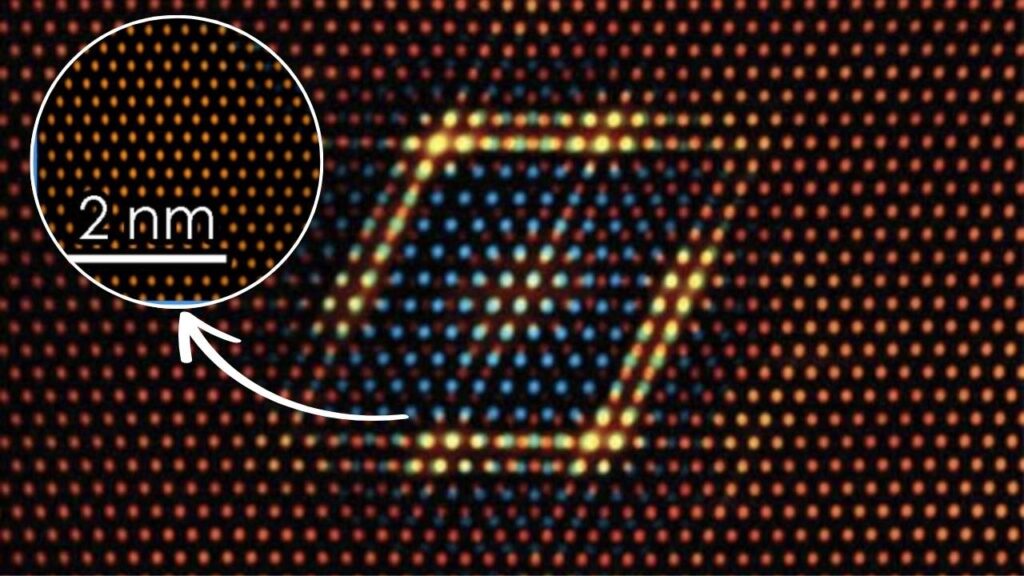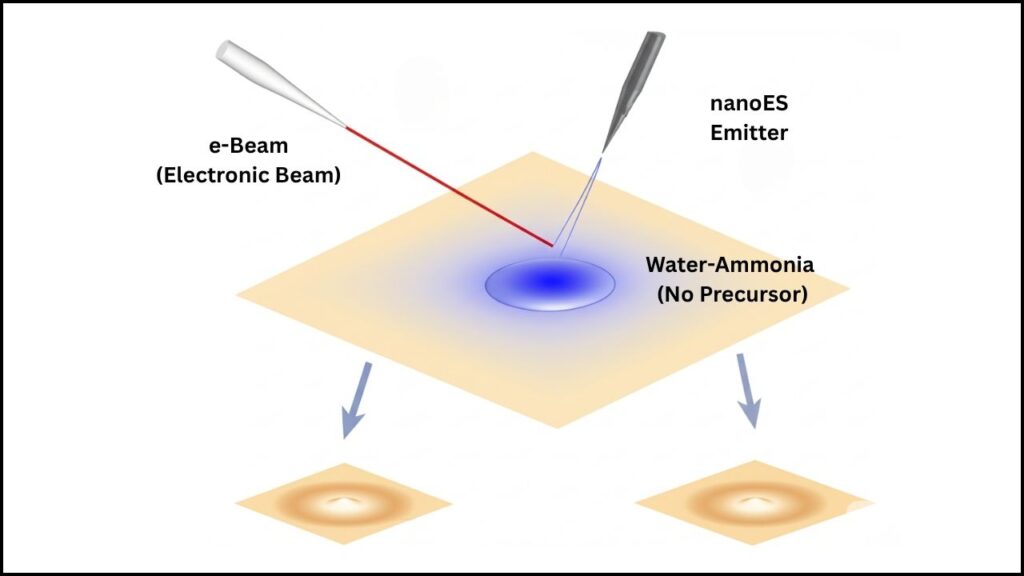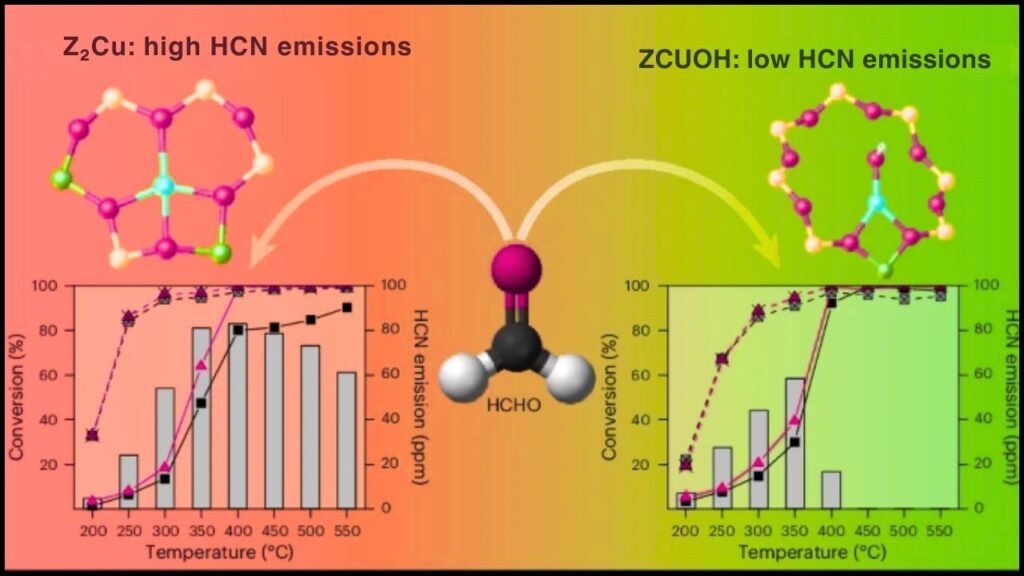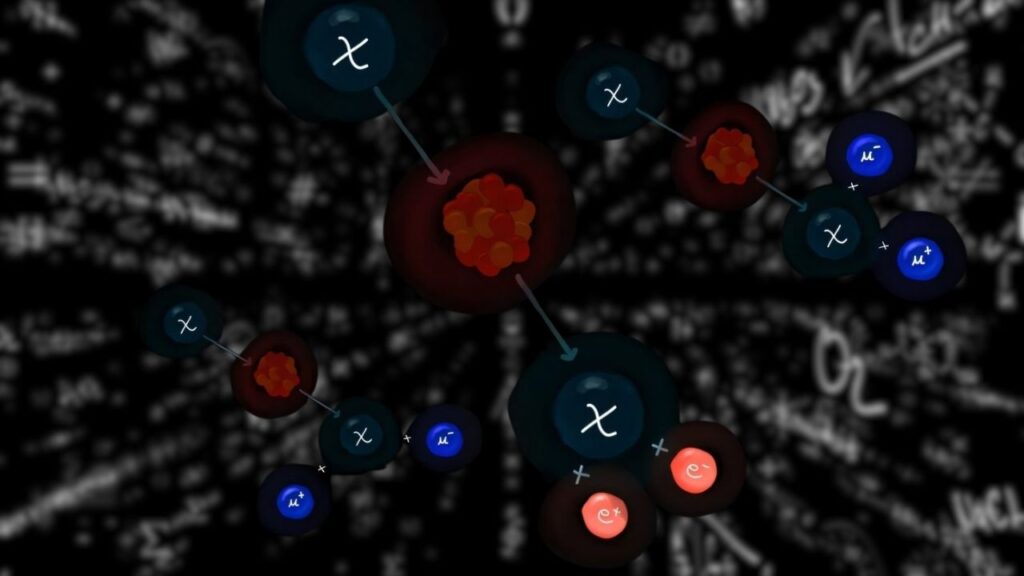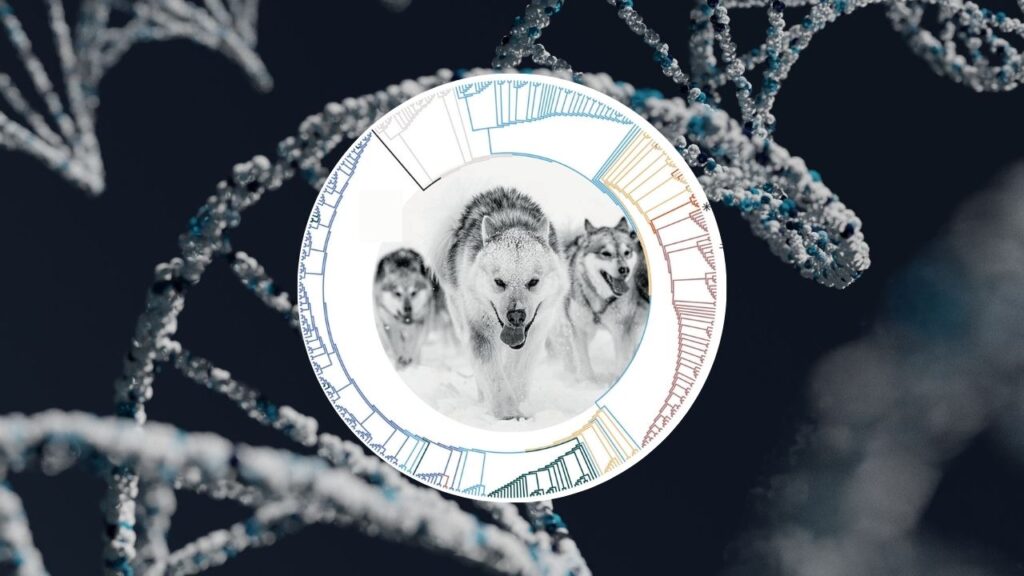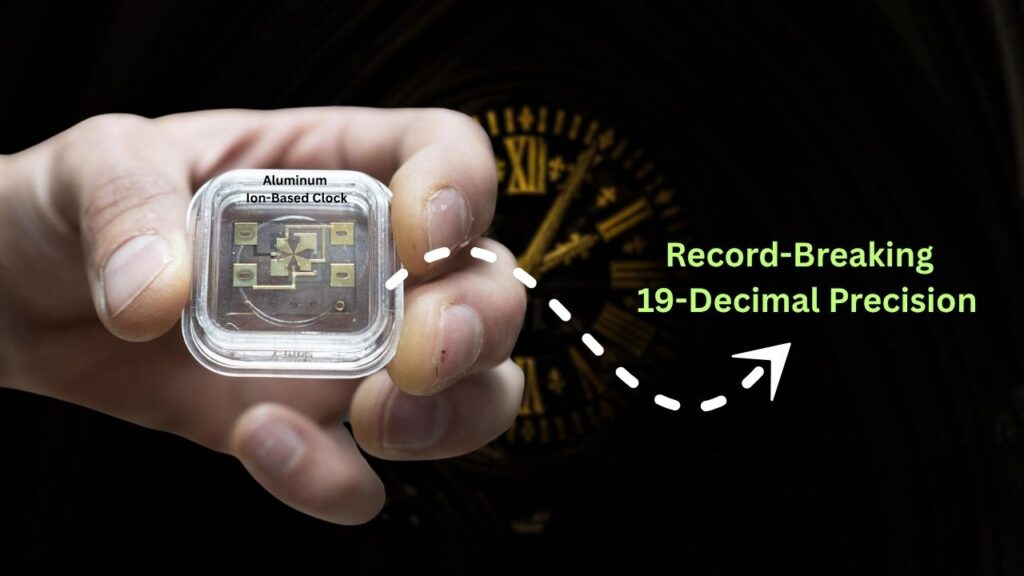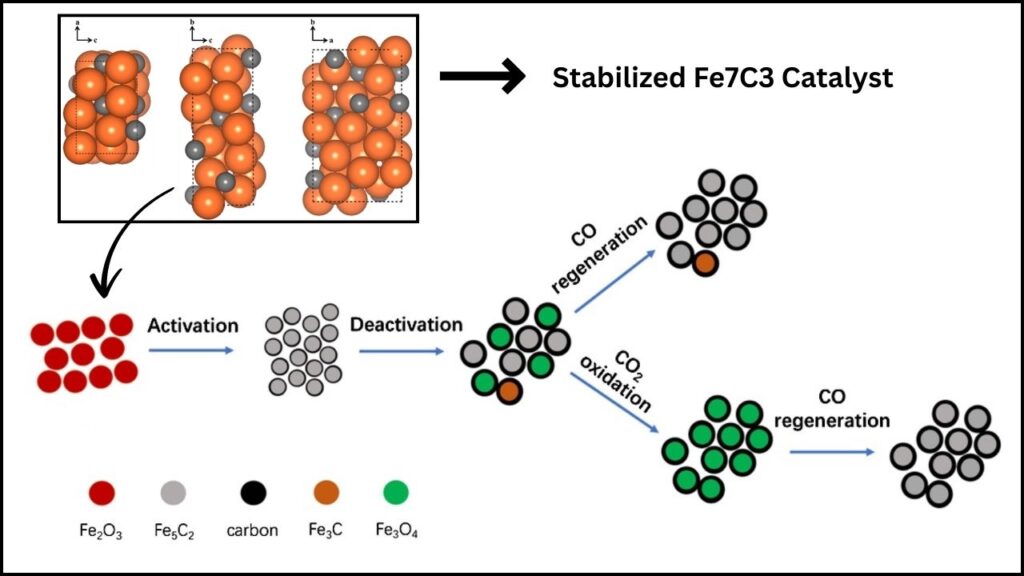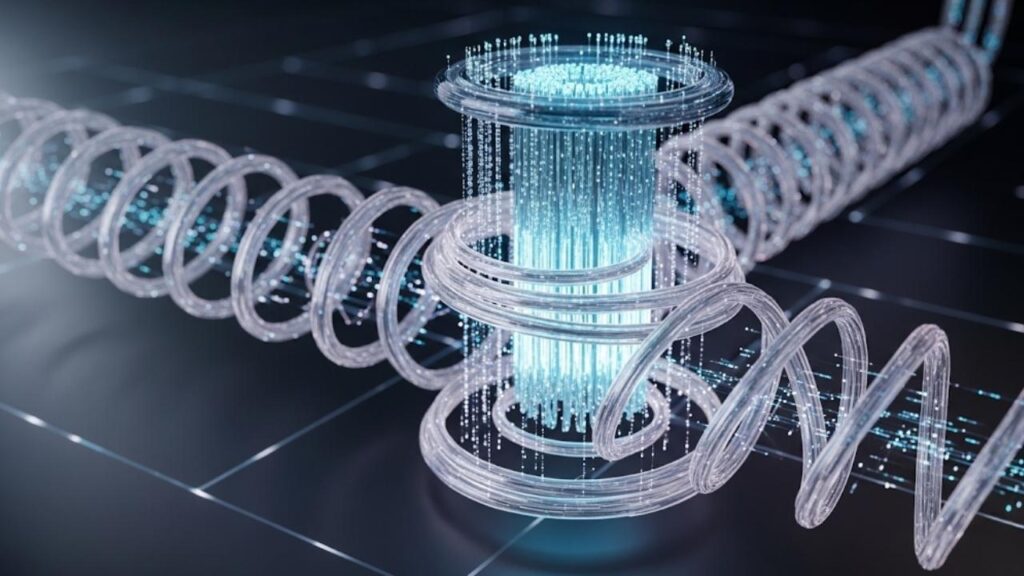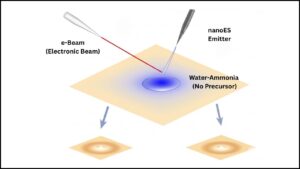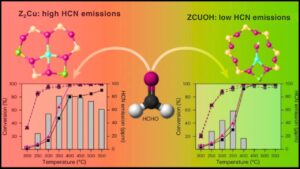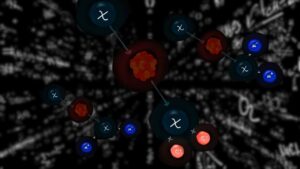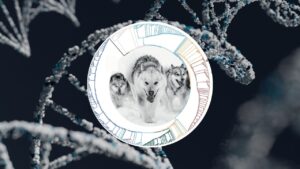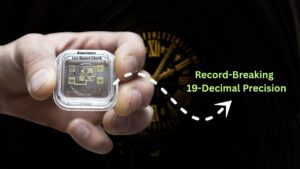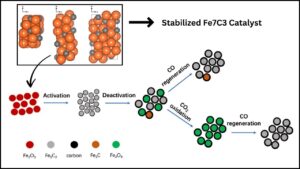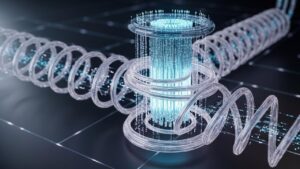The LHCb collaboration at CERN has recently made a groundbreaking discovery by observing an ultra-rare baryon decay. This process involves the decay of a particle called the sigma-plus baryon (Σ⁺) into a proton and two muons with opposite charges. This rare event could unlock new insights into the fundamental laws of nature and potentially challenge the Standard Model of particle physics.

Baryons are particles made up of three quarks bound together by the strong force, and they form most of the visible matter in the universe—protons and neutrons are the most familiar examples. Studying how these baryons decay helps physicists understand the underlying rules governing particles and forces at the smallest scales.
This article will break down the discovery of this ultra-rare decay, explain its significance, present clear examples, and give practical insights into the ongoing quest in particle physics. Whether you’re a curious student or a professional physicist, this guide will clarify why this finding is so important.
Table of Contents
LHCb Team Observes Ultra-Rare Baryon Decay
| Aspect | Details |
|---|---|
| Particle Detected | Sigma-plus baryon (Σ⁺) |
| Decay Observed | Σ⁺ → proton + μ⁺ + μ⁻ (two oppositely charged muons) |
| Data Collection Period | 2016–2018 proton-proton collisions at CERN’s Large Hadron Collider (LHC) |
| Number of Σ⁺ Baryons Produced | Approx. 100 trillion (10¹⁴) Σ baryons |
| Significance of Observation | Rarest baryon decay observed to date, aids in searching for new physics beyond the Standard Model |
| Scientific Publication | Reported in Physical Review Letters (2025) |
| Potential for New Physics | Could reveal intermediate particles or interactions not explained by the Standard Model |
| Official LHCb Website | LHCb Experiment at CERN |
The LHCb collaboration’s observation of the ultra-rare sigma-plus baryon decay into a proton and two muons represents a landmark achievement in particle physics. This discovery not only demonstrates the extraordinary capabilities of the LHCb detector but also provides a new gateway for probing the fundamental laws of the universe.
By measuring such rare processes, physicists can test the Standard Model’s limits and chase the elusive footprints of new particles or forces. The ongoing upgrades to LHCb promise even more precise measurements, potentially revealing groundbreaking physics in the coming years.
For anyone interested in the building blocks of matter and the mysteries still hidden in the subatomic realm, this discovery is a shining example of how persistence, precision, and advanced technology converge to deepen our understanding of reality.
What Is This Ultra-Rare Baryon Decay?

The sigma-plus baryon (Σ⁺) is a type of unstable particle made of three quarks. At extremely high energies inside CERN’s Large Hadron Collider, these baryons rarely decay into a proton plus two muons with opposite charges (a positive muon μ⁺ and a negative muon μ⁻). This particular decay was first hinted at by an experiment at Fermilab (HyperCP) in 2005, which observed only three such events and suggested the possibility of an unknown intermediate particle facilitating the decay.
For years, scientists have tried to confirm and study this decay channel with great precision. However, until CERN’s LHCb collaboration took on the challenge, no experiment had produced enough of these events to analyze them thoroughly.
How Did LHCb Make This Discovery?
The Large Hadron Collider beauty (LHCb) experiment is designed to study particles containing b-quarks but has also proven powerful in detecting rare decays of other particles, including baryons. From 2016 to 2018, LHCb recorded proton-proton collisions producing approximately 100 trillion Σ baryons.
The technique involved detecting the particles resulting from the decay — a proton and two muons — using a highly sensitive detector system. One challenge was that the Σ⁺ baryon lives relatively long for particle physics standards, so it can travel a measurable distance before decaying. By looking for decay vertices (places where the decay happens) centimeters away from the collision point, the LHCb team could isolate the specific decay events.
To filter out false signals that could mimic this decay (random combinations of particles), the researchers employed machine learning algorithms, which analyzed multiple variables to reject background noise efficiently.
Why Is This Discovery Important?
1. Testing the Standard Model
The Standard Model of particle physics is a well-established theory explaining how the basic building blocks of matter interact. However, it is known to be incomplete and does not explain phenomena like dark matter or the dominance of matter over antimatter in the universe.

Rare baryon decays, such as the Σ⁺ → p μ⁺ μ⁻ process, serve as highly sensitive tests of the Standard Model. If the decay behaves differently than predicted, it signals new physics beyond current theories.
2. Hints of New Particles and Forces
The Fermilab experiment suggested that the muon pairs might have arisen from an unknown intermediate particle. LHCb’s detailed observation can help confirm or refute such possibilities, opening doors to the discovery of new fundamental particles.

3. Precision Measurements
By observing hundreds of such decays, the LHCb team could measure the decay’s probability (branching fraction) and other properties with unprecedented precision. Such data are crucial for refining or challenging existing theoretical models.
4. Understanding Matter-Antimatter Asymmetry
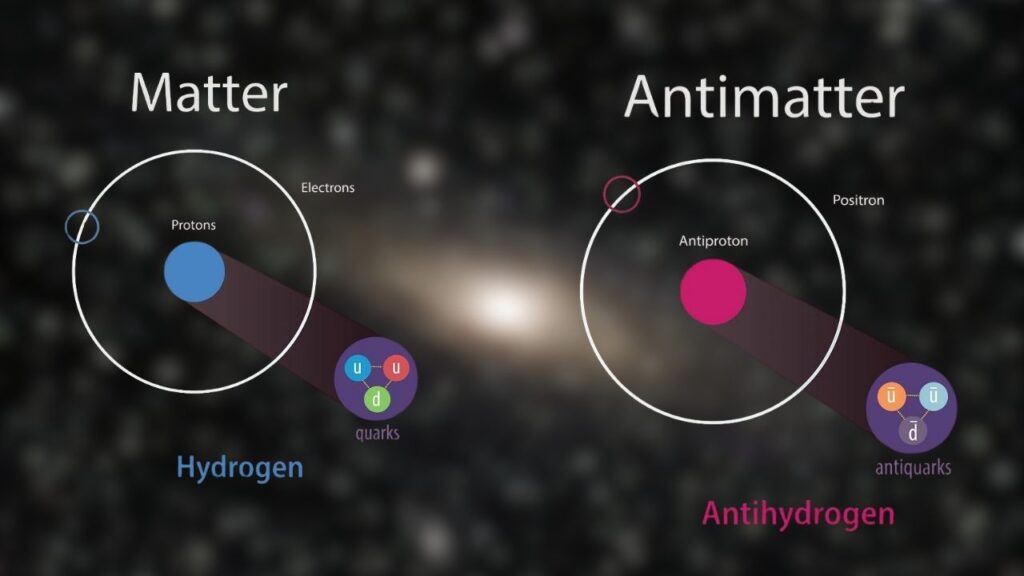
Future studies with the upgraded LHCb detector aim to compare these decays with their antimatter counterparts to study charge-parity (CP) symmetry violation—a subtle difference in behavior between matter and antimatter. This research could provide clues about why the universe is made mostly of matter, not antimatter.
What Makes Detecting Ultra-Rare Decays So Challenging?
- Rarity: The decay happens once in tens of millions or more Σ⁺ baryon decays, requiring enormous datasets to spot.
- Background Noise: Other particle processes can mimic the signal, so sophisticated data analysis and particle identification techniques are needed.
- Detector Sensitivity: Long-lived baryons decay away from the collision point, so precise vertex detection is essential.
- Statistical Significance: Enough events must be observed to confidently claim a discovery, surpassing statistical thresholds.
Step-by-Step Guide to Understanding Baryon Decays and Their Study
1. Know Your Baryons
Baryons are composite particles made of three quarks. Examples include protons, neutrons, and less common ones like the sigma-plus baryon.
2. Recognize What a Decay Is
Unstable particles eventually transform into lighter ones. This decay happens through fundamental forces and is characteristic of each particle’s properties.
3. Search for Rare Decays
Rare decays are valuable because they might reveal unknown physics. Detecting them requires large particle collision datasets and precise detectors.
4. Collect and Sort Data
Experiments like LHCb collect collision data. Physicists identify signals matching the decay pattern and use statistical analysis to separate them from background noise.
5. Analyze and Compare to Theory
The observed decay rates and distributions are compared to Standard Model predictions. Any deviation can be a hint of new physics.
6. Probe Matter-Antimatter Differences
Researchers examine if decay rates differ between particles and their antimatter counterparts, revealing CP violation effects.
New Quantum Weirdness Spotted in Superconductor—Could It Upend Physics?
Scientists Freeze Quantum Motion Without Cooling — A Physics First
Quantum Scientists Propose New ‘Zeroth Law’ of Entanglement That May Reshape Physics
FAQs About LHCb Team Observes Ultra-Rare Baryon Decay
Q1: What is a baryon?
A baryon is a particle made up of three quarks bound together. Protons and neutrons in atoms are baryons.
Q2: Why study rare baryon decays?
They help test and potentially expand our understanding of particle physics beyond what the Standard Model predicts.
Q3: What is the Standard Model?
It’s the theory that describes fundamental particles and their interactions, but it has known limitations.
Q4: How can one particle decay reveal new physics?
Rare decays might involve unknown particles or forces; measuring differences from predictions points to new phenomena.
Q5: What is CP violation?
CP violation is a tiny difference in behavior between particles and their antiparticles, important for explaining why the universe has mostly matter.
